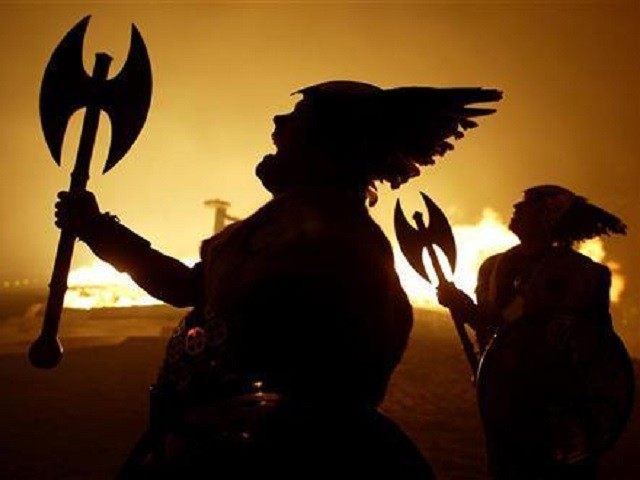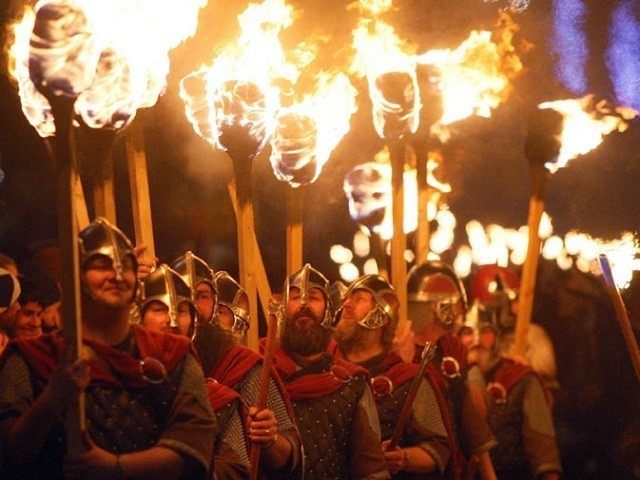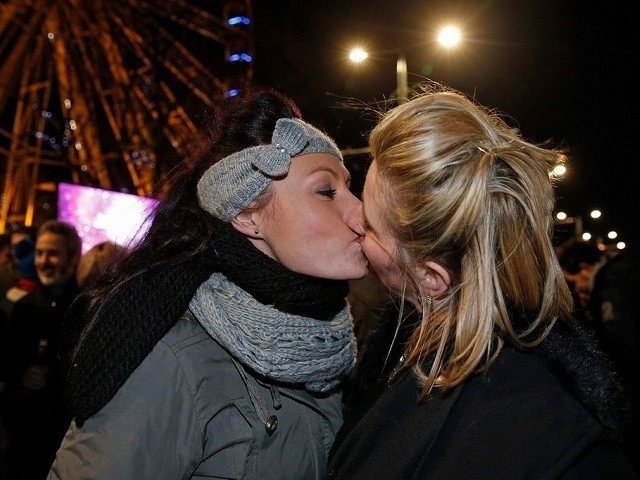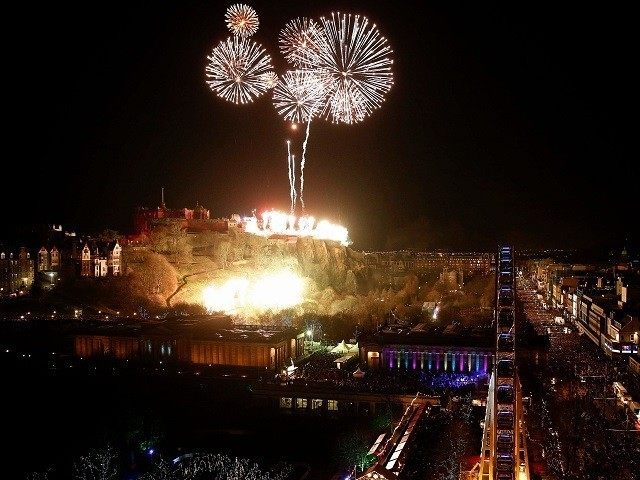New year’s eve is one of the few annual celebrations that is celebrated worldwide and attracts some extraordinary traditions that are little known outside of the communities that enjoy them. The Scottish Hogmanay is one of the most colourful – and alcoholic – of them all.
Little is known about the origins of the festival enjoyed by Scots on the eve of a new year, and even the etymology of the unusual name is contested, with suggestions of Nordic or Ancient Greek heritage considered. In any case, there is a clear Viking influence, with costumes Viking warriors harking back to the seafaring raiders who invaded the British Isles from Scandinavia over 1,100 years ago.
The popularity of Hogmany in Scotland stems from the fact that Christmas was banned in the country for its Catholic associations for centuries, much as it was in England during the reign of regicidal dictator Oliver Cromwell. This secular celebration allowed Scots to celebrate the midwinter without incurring the wrath of their government.
One of the most remarkable traditions observed in Scotland during the Hogmanay are the torch-lit processions, which occur in the major cities of Glasgow and Edinburgh as well as in Isles and Highland communities.
A remarkable 75,000 turned out on the streets of Edinburgh for live music, fireworks, and good cheer for Hogmanay this year. Edinburgh police reported that despite high spirits, there were only three arrests all night, despite it being the busiest night of the year for the Scottish Ambulance Service, who responded to a remarkable 2,394 calls.




COMMENTS
Please let us know if you're having issues with commenting.